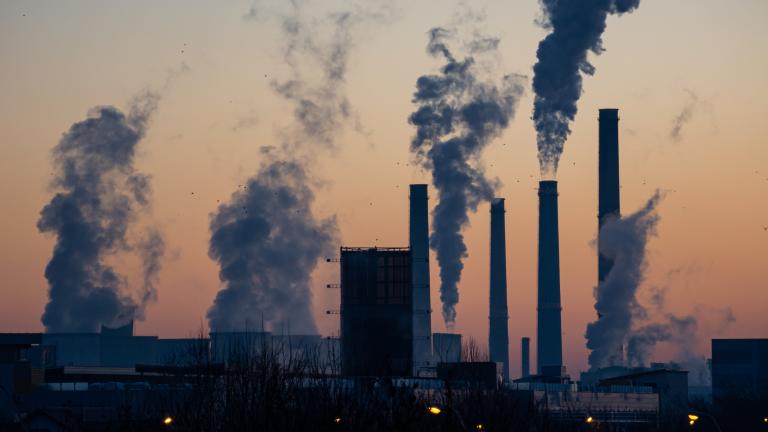
Professor John Sterman of the MIT Sloan Sustainability Initiative estimates the impact China's new climate pledge will have on rising temperatures
Read the full article on AP
UNITED NATIONS (AP) | If China fulfills Xi’s goal, it could prevent 0.4 to 0.7 degrees (0.2 to 0.4 degrees Celsius) further warming for the world, according to “very rough estimates” by MIT management professor John Sterman, who models and tracks emission reductions and pledges with Climate Interactive.
But much depends on how they do their emissions reduction and how soon they cut them, he said, adding he has to do a more thorough analysis.
“That’s a lot,” Sterman said. “China’s by far the world’s big emitter. They’re emitting more than the EU and US together.”
“It puts a lot more pressure on the United States,” Sterman said.
Perhaps even more important than the carbon neutrality pledge is the effort to peak carbon dioxide emissions before 2030 instead of by 2030, Sterman said. Carbon dioxide’s more than 100-year lifetime in the air makes earlier emission cuts more effective than promises in the future, he said.
“Emissions that don’t happen between now and 2030 are going to reduce warming a lot more than the same emission reductions after 2060,” Sterman said.
However, pledges are not the same as actions. What’s needed is signs of action, such as eliminating plans to build new coal-fired power plants, cutting subsidies for coal power and getting off coal entirely, Sterman said. Coal is the biggest carbon dioxide emitter of power sources.






